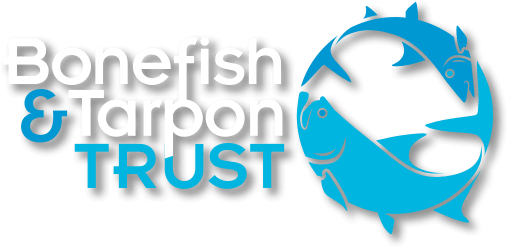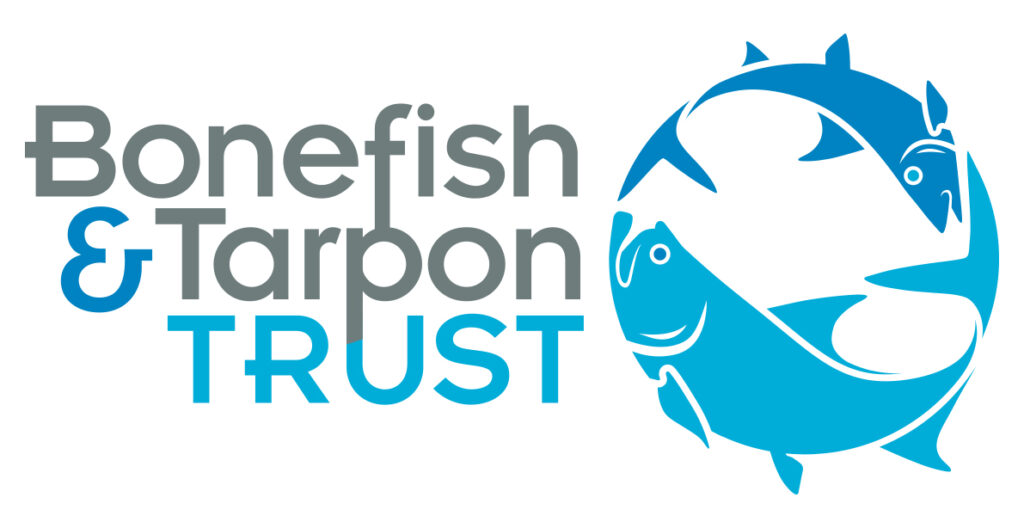Kampachi Farms has been awarded a permit from the U.S. Environmental Protection Agency to establish a fish cage in the Gulf of Mexico to grow 20,000 Almaco Jack. This statement pertains to Permit No. FLOA00001 and more broadly to plans for offshore aquaculture in the Gulf of Mexico.
Bonefish & Tarpon Trust is an international, science-based, 501(c)3 non-profit, conservation organization headquartered in Miami, FL. BTT is dedicated to the conservation of the economically and culturally important finfish species bonefish, tarpon, permit—the species, their habitats, and the larger fisheries they support. We work in a broad geography that spans the southeastern US, Gulf of Mexico, Caribbean Basin, and western North Atlantic.
The recreational fisheries for bonefish, tarpon, and permit are economically important. For example, the flats fishery has an annual economic impact that exceeds $465 million in the Florida Keys, and $55 million in Belize. These species are a major component of the recreational fishery in the Everglades region with an annual economic impact exceeding $1 billion. The bonefish fishery in The Bahamas has an annual economic impact exceeding $160 million. The annual economic impact of the tarpon fishery in Charlotte Harbor, FL exceeds $120 million. More broadly, the annual economic impact of saltwater recreational fishing in Florida exceeds $8 billion. These fisheries depend upon healthy habitats, high water quality, and disease- and contaminant-free waters.
It is BTT’s position that the proposed offshore finfish aquaculture in the Gulf of Mexico insufficiently protects our recreational fisheries and their habitats, and this inadequate strategy is reflected in the recently permitted finfish cage culture operation by Kampachi Farms. Our top concerns with this and other offshore finfish aquaculture in the Gulf of Mexico are:
- Fish farms create a high amount of waste, adding nutrients to the waters in which they are placed. These additional nutrients contribute to algae blooms and environmental degradation. Although the standard approach is to place offshore fish cages in areas with moderate currents so that the wastewater is carried away from the cage, the dilution of this waste does not remove it from the system. Since Florida’s Gulf coast already suffers from red tides that are exacerbated by human-introduced nutrients, we are concerned that offshore fish cages will contribute to the issue of excessive nutrients. This is especially true given that red tide blooms start in an offshore environment that is normally nutrient-limited. Red tides cause large-scale fish kills and close shellfish harvest. Increasing red tide occurrence will negatively impact tarpon and the tarpon fishery, as well as other fisheries.
- The permitted fish cage site is well within the area impacted by red tides. What happens when a red tide occurs and kills the 20,000 fish in offshore fish cages? Such a high density of dead fish is an environmental threat.
- The presence of large fish cages in offshore waters will aggregate fish, acting as a Fish Attracting Device (FAD), which may impact fish migrations and reproduction in two ways. First, the cages will likely attract sharks. Since tarpon seasonally migrate through areas preferred by offshore aquaculture, tarpon may be exposed to high encounter rates with sharks along their migration pathways. There are similar concerns for other migratory species. Second, for species that are already overfished, FADs, such as a fish cage, will increase the catch rate, and thus harvest, contributing to overfishing.
- It would be beneficial to more proactively control the use of pharmaceuticals and other prophylactics. Since pharmaceutical contamination has been shown to affect fish behavior, migrations, and reproduction, this is a concern for native species. Indeed, preliminary data from BTT research shows that bonefish in the Florida Keys have numerous pharmaceuticals in their tissues. Adding more pharmaceuticals to the ecosystem via fish cages is not wise.
- More extensive pre-site selection work should be done to better describe the fisheries in locations proposed for offshore cages. At present, the assessment process does not include sufficient information to determine the existing fisheries and how they might be impacted. For areas that may impact existing fisheries, a system whereby aquaculture companies post a bond to cover negative impacts to existing fisheries should be considered. Similarly, a more rigorous monitoring system – before site selection as well as during cage operation – should be considered. This should include biological data (e.g., plankton community, fish community) and extensive water quality data (e.g., nutrients) over time to account for seasonal or other time-based changes.
- There is a high likelihood that offshore cages will not be safe from hurricanes. This is for two reasons. First, the Gulf of Mexico is a high-frequency hurricane region, so it is a near certainty that offshore cages will be in the path of a tropical storm or hurricane, as shown by consultation of the US National Hurricane Center database (https://coast.noaa.gov/hurricanes/). For example, since 1852, there have been 77 tropical storms or hurricanes that have passed within 65 miles of a site permitted to Kampachi Farms. Second, the Gulf of Mexico is so shallow that the standard approach to protect cages from storms – lowering the cages toward the bottom with an anchoring system – will not work. The Ekman Depth (depth to which wind-induced currents are felt) for Hurricane Florence (a Category 4 hurricane in 2018) was 250’, much deeper than the depths (70’) at which cage sites are being proposed. Impacts from hurricanes would include destruction of the cage, the cage breaking loose, escape of caged fish into the native population.
- The high density of fish that will be grown in cages will make these areas hotspots for disease and parasites. This has occurred in other areas where offshore aquaculture is conducted. We are concerned about the impacts of these diseases and parasites on tarpon and other native species. Similarly, escape of fish from cages may also contribute to spreading disease.
Aquaculture activities that are currently suitable are those for oysters and clams, which have proven to be sustainable with minimal environmental impact.
Consideration should be given to land-based fish culture. Land-based operations allow the control of effluent, thus avoiding many of the concerns with open ocean cage culture.




